
This content is protected against AI scraping.
I’ve read hundreds of romance novel proposals in my day job as an editor, and I almost called this post “how to write a romance novel.” But that would be such a big subject, it would really need to be a series of posts. There are a lot of elements of a romance novel to cover for aspiring romance writers, from subgenres and heat levels to reader expectations and happy ever afters.
Today, I just want to talk about what makes a love story work, and I want to keep it very simple. This advice is just as applicable to anyone who wants to know how to write a good romance subplot in any kind of novel.
To write romance that’s believable and unforced, you can make sure to do these four things.
1. Know exactly why these two are perfect for each other.
He’s the best-looking man she’s ever seen in her life? If that’s the main reason she’s in love with him, that’s boring…and besides, most of us know that just because someone’s good-looking doesn’t mean they’re good to date. Even if he’s attractive, you’ll need to dig deeper. There’s just “something about her he can’t put his finger on”? Well, if you as the author don’t even know what that something is, the story’s going to be weak.
To get the readers caught up in this story, these two need to be soulmates. It should feel as though if they don’t pledge their love and commitment to one another, it’s going to be a devastating missed opportunity. Think about who the characters are as people and why they fit together so well.
The possibilities here are endless.
Maybe they bond over a past experience or a deep interest that few other people share.
Maybe they balance one another out. She’s practical; he’s a dreamer. She’s shy; he’s the life of the party.
Maybe they understand one another because they share a point of view, a strong sense of faith, or a snarky sense of humor.
There could be a few different elements that make your characters the perfect fit. If you’re well into a draft of a romance novel and you don’t have this figured out yet, don’t despair. Spend a little time thinking about it and maybe writing a few paragraphs about it. Your love story will come into sharper focus.
2. Know what the obstacle to the romance is…on each character’s side.
Here’s what I see sometimes in romance novel proposals. One character has a good internal conflict to the romance: they need to learn to trust again, maybe, or they need to move on from grieving their late spouse. They might also have an external conflict: they’re about to move to New York, for instance, so it’s not a good time to get into a relationship.
Meanwhile, the other character (usually the man, in a male-female romance) has no conflict. He falls for her almost immediately, his feelings deepen into love, and he tries to persuade her to be in a relationship with him.
Honestly? I’ve read and enjoyed books like that. But I enjoy romance novels even more when both characters have conflict. It makes the story more interesting. So once you’ve figured out why these characters should be together, figure out what might keep them apart.
It’s really common in a romance novel synopsis to have a sentence like, “Josh tries to ignore his attraction to the new guy at the office,” with no explanation of why Josh is trying to ignore it. (Fortune favors the bold, Josh! Shoot your shot!) If you give Josh a reason, it’s much more compelling: “Josh tries to ignore his attraction to the new guy at the office. After all, the last time Josh dated a coworker, the breakup was so messy he wound up leaving the company.”
3. Make sure the people spend enough time together to really have a chance to fall in love.
If they keep randomly bumping into one another, that’s going to strain credulity, and the interactions may not be long enough for feelings to believably develop. (In the first hundred or so pages of my WIP, the hero is ordered to take the heroine into custody and take her half across the country. This gives them plenty of time to talk.)
Give them a shared goal. Make them competitors. Make one of them a butler, a governess, a tutor, or a personal assistant. Do whatever you have to do to make sure they’re actually on a lot of pages together. If they only see each other for brief times and then go off and think about each other, it’s going to be harder to make that exciting.
4. Know how each character is going to change and grow throughout the story.
As readers, we like to see characters learn and develop. Maybe she gives up her goal of marrying a rich man, realizing that true love will make her happier in the end. Maybe he learns how to be a better listener instead of barking orders all the time. In order to overcome the obstacles to the romance, they’re going to need to change.
We don’t want to see that change all at once. Usually, we want to see it unfold gradually over the course of the story. For each of the characters, pinpoint two or three places where they show a little bit of change or growth.
[spacer height=”20px”]
I hope this helps as you write a romance novel or a love subplot. If you have any other questions, please ask them in the comments…and if you have advice of your own, we’d love to hear from you, too!
If you’re working on a novel or thinking about it, check out my book Blank Page to Final Draft. It takes you step by step through planning, writing, and editing, to get you to a ready-to-publish novel.
Thanks so much for reading, and happy writing!
Related Posts

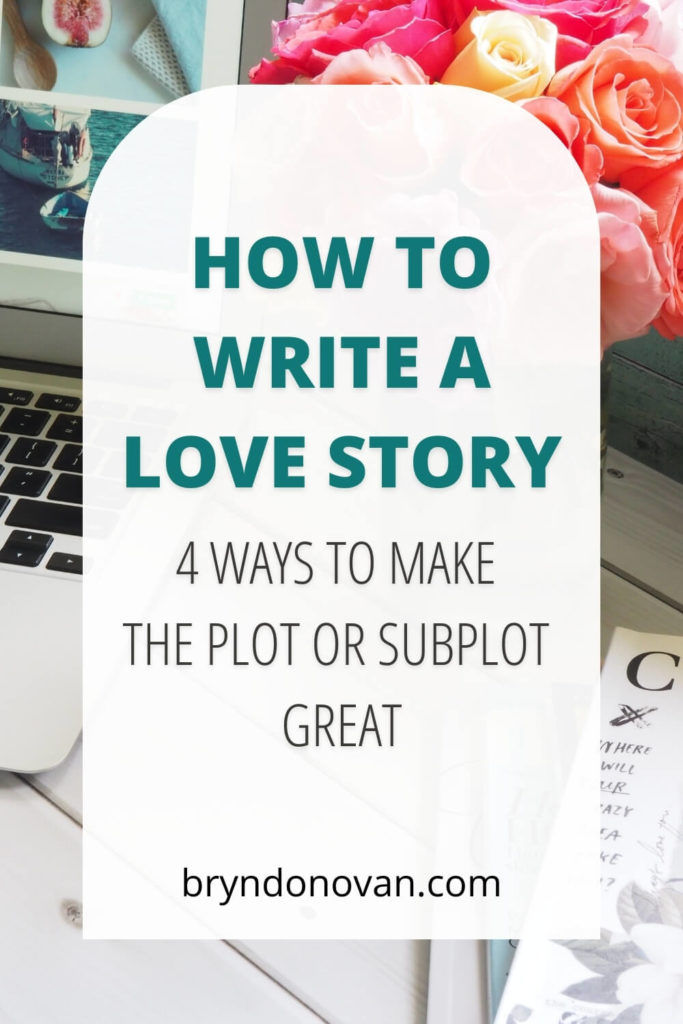






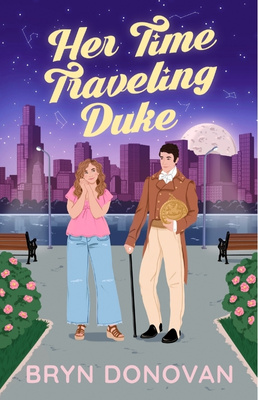


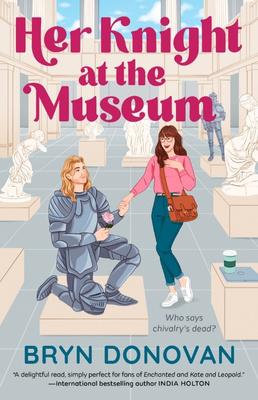
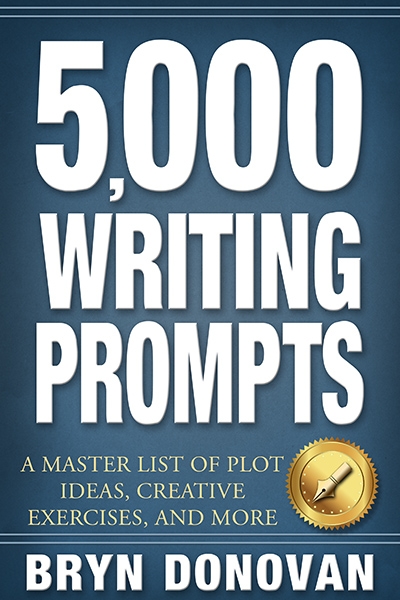
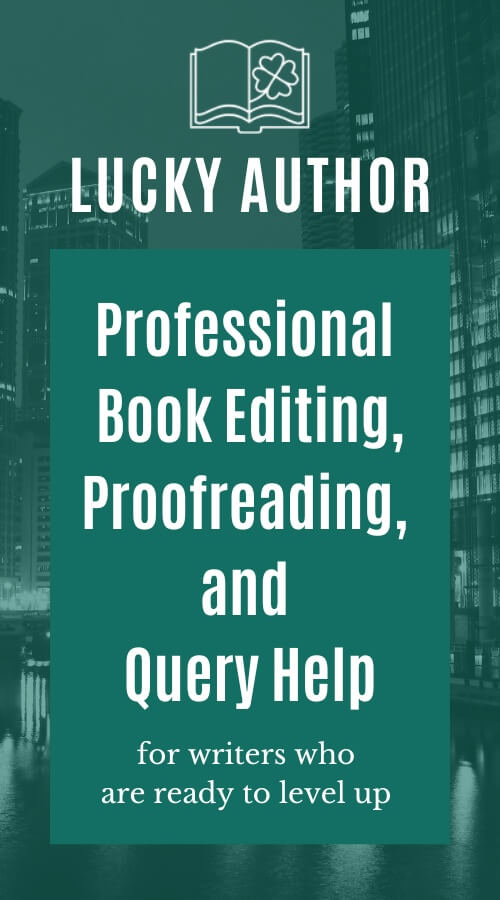
Thanks for this, Byrn!
I agree it can’t all be love at first sight, rainbows, and soft music. You must make your characters work for it, grow, and in some cases, write the Casablanca ending. But only if the characters have learned something and are better for the experience.
In my WIP, I am at a crossroads of either the boy walks off with the girl into the sunset, or does she get on the airplane with Victor Laslo. Sometimes, the stories where the boy doesn’t get the girl are more memorable and loved than the other way around, so it is up to the author to put in the work to go in that direction if they choose. But no matter what, send them someplace, give them depth, and the reader will love and remember it forever.
Thanks, Byrn Your four points are a huge help!
Ivan
Thank you, Ivan.
The romance writers in my critique group, as well as other friends who write in the genre, are trying to convince me that the couple must be tied up in a neat bow of forever after by the end of the book.
My guy and gal each have different kinds of trust issues. They are gradually lowering their walls, he more than she. At the end of the novel they have solved a mystery and helped return a sleepy little town to normal. By that time they realize they are soul mates but they have to go in different directions for a time with a promise to reconnect for the holidays.
That sets up the next book in the series that I’m well into.
I would like both your and Bryn’s opinion on whether this ending would work. The nature of the book does not point toward a bow tied ending.
Thank you both.
Bonnie
Hi, Bonnie and Ivan! Great discussion. This is really a question of genre. If you market something as a romance, it needs to end with a commitment and a Happy Ever After—no exceptions! If it has any other kind of ending, you can expect some bad reviews from disgruntled romance readers. People read romance with the expectation of that kind of ending, just as they read a mystery novel with the expectation that the mystery will be solved in the end.
However, there’s nothing wrong with writing a love story with a bittersweet ending! People love those, too! They just don’t fit into the romance genre. I hope that helps!
Hi! I noticed you mentioned you’re in a critique group, I’m looking for one myself, any suggestions to help a gal out? TIA!
Hi am interested to as well to join the group am a new writer with… aspiring wisdom to learn more..
I would like to get more.resourcful with my stories
Thank you for the great lesson in character development. Some of these ideas can be applied to other genres too!
Thanks, Naomi! Thanks for reading!
Useful. It’s reminded me of a great series I loved and re-read over again and I now realise why. I don’t do romances, but I may tackle a romantic sub-plot more seriously now.
Hi Cathy! I was definitely hoping this would be helpful for anyone just thinking about a romance subplot, too. 🙂 Thanks for reading!
fantastic advice. In my last submission, I had unintentionally missed one of these key elements–you write and think it’s there, but it’s so weak it doesn’t shine through. I was asked to fix it and I’m working on it.
Hi Denise! It’s really a challenge to hit all of them. I know exactly what you mean—sometimes I think it’s there, but in revision, I realize I have to bring it out more. 🙂
In the very first novel writing class I ever took, I was the lone Sci/Fi writer in a class full of romance writers. Over the years as I completed two novels, I learned so much about feelings – not only writing feelings – but experiencing any kind of real-life emotion. My instructor never required the other members of the class to read Sci/Fi, but she did require me to read romance. I will always be grateful for what I learned in that class and from those writers. I have drawn upon those lessons in my Fantasy as well as my Sci/Fi writing.
Thank you, Bryn for your specific pointers. And I LOVED Sunrise Cabin! that’s MY kind of romance! 🙂
I also loved your article in Writer’s Digest! Thanks!
I’m so glad you liked it! 🙂
Jessie, I think the teacher should’ve made everyone else read scifi! I bet they would’ve learned from it! But I’m glad it was a good experience for you. And thank you so much for the kind words about Sunrise Cabin!
Bryn,
Thank you for the great advice.
I am nearing the end of my current WIP and you have provided some valuable information. In my story, the protagonist is trying to choose between two nearly opposite suitors (both offer strong possibilities for love) and your post is most helpful, especially tip 3. I will keep your advice in mind as I finish writing and editing the story.
Hi Steven! I am so happy it’s useful. Good luck on the WIP!
Hi Bryn!
Thanks so much for sharing these little (but also BIG) details. A refresher is always nice, especially when it helps you (me) understand a possible different way to examine how to make sure all four points are as strong as they can be in a manuscript!
Hi friend! Well, they seem easy on paper…but pretty much everyone struggles with hitting on all of them in practice (including me, of course!) I hope everything’s going well with you!
Hi there,
This is extremely good advice about romance, but also a good reminder that all character interactions need to be thought through from all sides in order to make them work. Thank you 🙂
Thanks Bryn!
You really helped me out here.
I’m working on a dark fantasy romance/lovestory and wonder what exactly is the difference between the two.
Is it just that romance always requires a happy ever after and lovestories don’t? Or is there more to it?
Hi there! Yes, the main way a romance is different from other love stories is that it requires a happy ending with the two people committed to one another. If that doesn’t happen, it’s a love story, but not a romance. Good luck on your project! It sounds good!